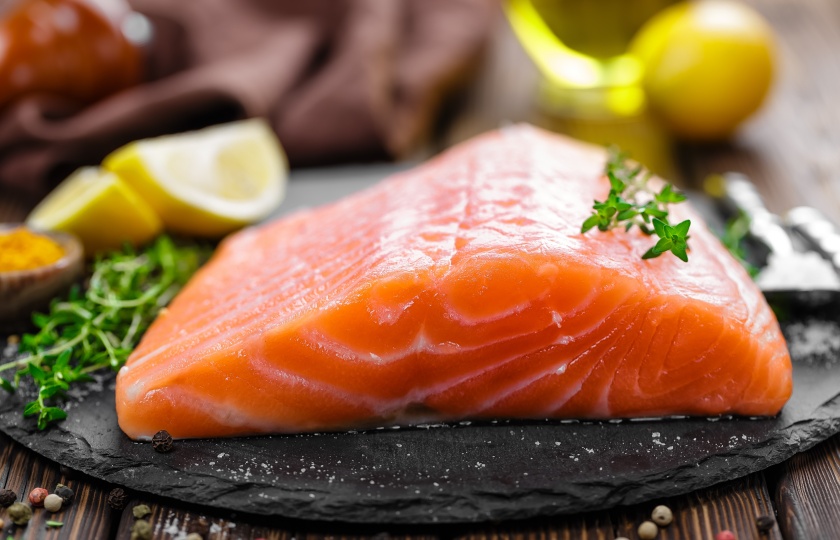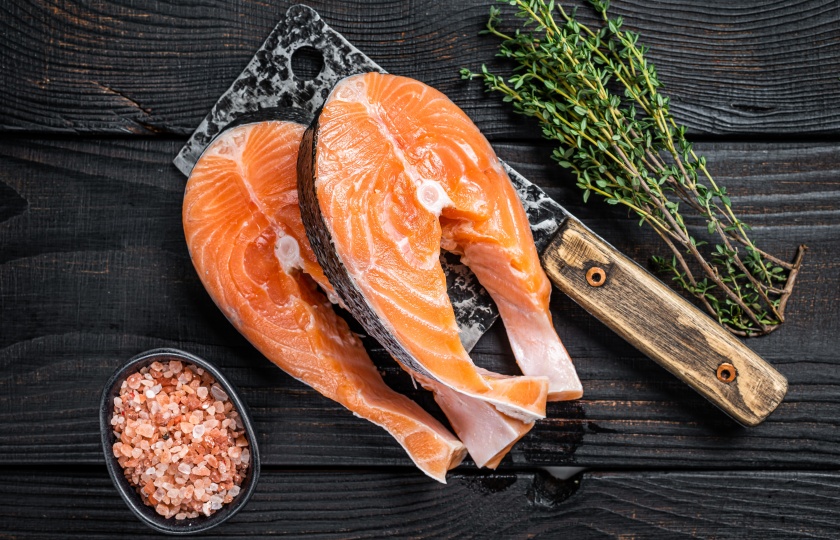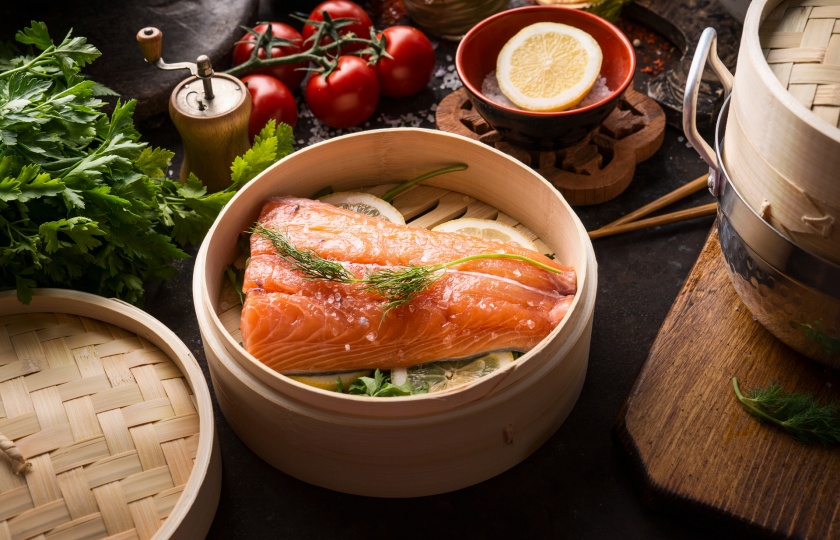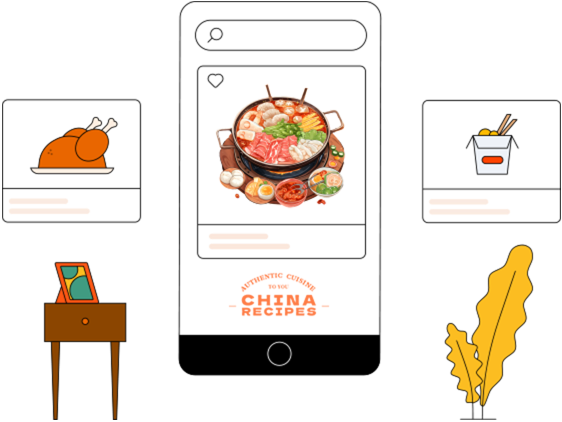Is It OK to Eat Slightly Undercooked Salmon? Risks Revealed

I ordered salmon from a restaurant and realized after getting home that it wasn't fully cooked. Can I eat slightly undercooked salmon? Let's explore this topic together!
Is It OK to Eat Slightly Undercooked Salmon?
It depends on the specific situation of the salmon.
Salmon is a type of seafood that naturally lives in saltier environments, making it difficult for parasites to survive in the human body. The risk of infection is relatively low.
This means that salmon purchased from reputable sources, even if it’s slightly undercooked, is generally safe to eat — and it can even be consumed raw without posing a health threat.
However, most people don’t have access to high-quality fresh salmon, so eating slightly undercooked salmon carries the following risks:
Parasite Infection: It may carry parasites like Anisakis worms, which could lead to symptoms like stomach pain and diarrhea if consumed.
Bacterial Infection: Salmon may be contaminated with bacteria during transport or storage, potentially causing acute gastroenteritis.
Allergic Reactions: Raw salmon proteins haven't undergone denaturation through heat, which increases the risk of allergies.
Unknown Sources: If the salmon is from an unverified source (e.g., purchased through unofficial channels), it's advisable not to eat it raw.
What Happens If I Eat Slightly Undercooked Salmon?
If the salmon is purchased from a reputable source, frozen at -20°C for 24 hours or more to kill parasites, the risks of parasites and bacteria are low. In this case, it generally won't affect your health.
However, if the salmon is from an unknown source, consuming it could lead to the following health issues:

Parasite Infection Risk: It may carry parasites, such as Anisakis worms, which could lead to stomach pain, diarrhea, nausea, and in severe cases, intestinal obstruction.
Bacterial Infection Risk: If not kept at the right temperature during storage or transport, the salmon may develop bacterial contamination, leading to bacterial gastroenteritis with symptoms like vomiting, diarrhea, and fever.
Allergic Reactions: Raw salmon’s proteins haven’t been denatured by heat, which increases the chance of an allergic reaction, especially for those with seafood allergies.
What Should I Do If I Ate Undercooked Salmon?
If you eat undercooked salmon, don’t panic right away. Just keep an eye on your health. If you don’t experience any symptoms, there’s nothing to worry about.
However, if you experience any of the following symptoms, it’s important to see a doctor immediately:
Abdominal Pain, Diarrhea: Likely signs of a parasitic infection or bacterial gastroenteritis.
Nausea, Vomiting: Could indicate that the salmon wasn’t fresh or was contaminated with bacteria.
Throat Irritation: Could be due to live parasites moving in the mouth.
Tips:
Pregnant women, children, the elderly, or individuals with weakened immune systems should be especially cautious and avoid eating undercooked salmon.
What Does Undercooked Salmon Look Like?
Undercooked salmon has the following characteristics:
It has a pink or orange color, similar to raw salmon.
It feels soft to the touch, with a firm and elastic texture, similar to raw fish.
The fibers in the salmon meat are visible and appear organized.
It has a subtle oceanic scent, with a fishy or unusual odor.
What Does Undercooked Salmon Taste Like?
Tender and Juicy: Undercooked salmon is smooth, with firm meat and a slight bounce when bitten.

Ocean Flavor: It has a light ocean scent.
Subtle Sweetness: The natural sweetness of salmon is more pronounced when it’s undercooked.
Delicate Fatty Texture: The fat in salmon is evenly distributed, and when it’s undercooked, the fat feels smooth and melts in your mouth.
How to Tell If Salmon Is Cooked?
Here are a few ways to check:
Look at the Color: Raw salmon is semi-transparent with bright colors, usually pink or orange. When cooked, the flesh becomes opaque and pink.
Check the Texture: Fully cooked salmon will have a firm texture, and the flesh will flake easily when pressed with a fork.
Use a Meat Thermometer: The most accurate method is to use a thermometer. When the internal temperature reaches 63°C (145°F), the salmon is done.
Observe the Fish’s Eyes: When cooked, the eyes of the salmon usually turn white and slightly bulge.
Test with Chopsticks: Gently insert chopsticks into the thickest part of the fish. If they slide through easily with no resistance, the salmon is fully cooked.

Tips:
Avoid overcooking salmon, as it can dry out. After cooking, let it rest for a few minutes to allow the juices to redistribute for better flavor.























